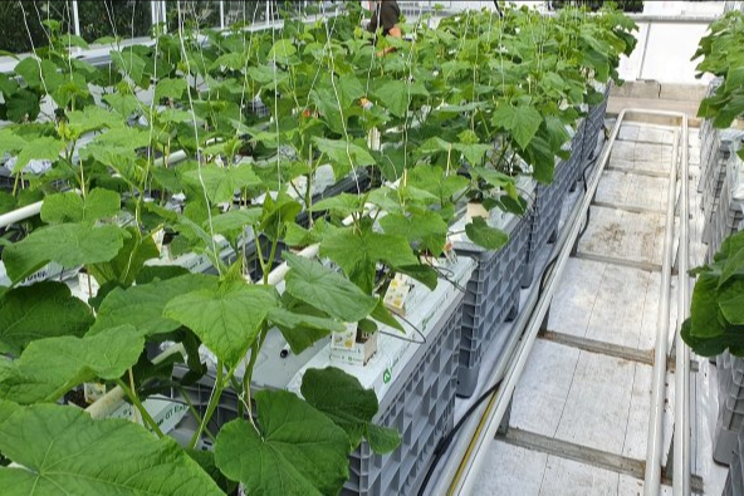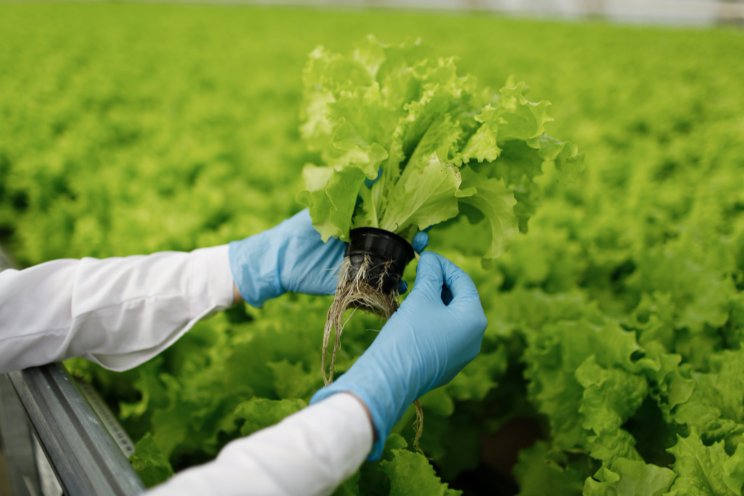Lower level of nitrogen ensures better resistance to mildew
Added on 01 May 2023

Lower nitrogen levels
WUR investigated the effect of a lower level of nitrogen on the growth and resilience of cucumber, bell pepper, chrysanthemum and gerbera. It clearly showed that nitrogen levels can be reduced seriously in all crops. For cucumber, a nitrogen reduction over 30% resulted in a negative effect on growth and production. The limiting value is considerably lower for chrysanthemum, gerbera and bell pepper, where the effect on growth and production occurred only from a 70-80% reduction in nitrogen compared to normal. The room for manoeuvre for growers is therefore much higher in those crops.

Effect on mildew
The nitrogen uptake by the plant also has an effect on the susceptibility for powdery mildew, especially in gerbera and cucumber. However, a lower level also causes less growth. The study also examined whether the use of so-called elicitors, such as jasmonic acid or salicylic acid, substances that increase plant resistance, add anything. It turned out not to be the case, the effects were equal to the effect with just lowering the nitrogen level. The nitrogen affected the development of some pests, though the effects were not always straightforward. Aphid reproduced less and grew less rapidly at a low nitrogen level (tested in peppers). Caterpillars of Turkish moth also grew less quickly (tested in chrysanthemum). Contradictory effects were found in the development of thrips and whitefly for the various crops.
All Photo: Wageningen University & Research
More news















